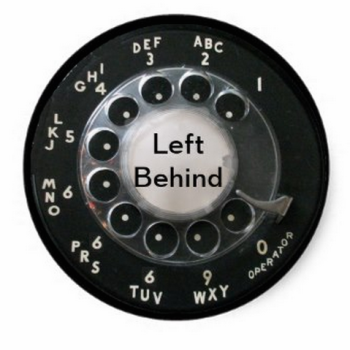Most Americans live paycheck-to-paycheck. Some of those paychecks are larger than others, but the pattern is the same.
Most of us also get paid every two weeks. Our bills, however, come monthly, and so our household budgets are structured according to these monthly expenses.
But at least twice a year we get this wonderful treat: the three-paycheck month. It's like a mini-Jubilee, a respite from the strain of every dollar's being accounted for before it is received.
You likely know what I'm talking about, but apart from a few personal-finance columns advising readers on the most prudent use of this twice-yearly windfall, I don't think I've ever seen any recognition from economists that this phenomenon occurs and that, cumulatively, it might have some rather significant, measurable effects on the rhythm of the American economy.
This seems odd, because economists and business writers seem to hang on every tiny fluctuation in consumer spending, consumer debt, consumer savings and consumer "confidence." In any given paycheck-to-paycheck household, those fluctuations can be greatly influenced by the quirks of the calendar producing those wonderful three-paycheck months.
In a three-paycheck month the household is flush — credit-card balances are paid down, off-budget luxuries may be indulged, savings may be increased, etc. When the household is at the end of a long string of normal, two-paycheck months, the opposite is true — the budget is more strained and restrained, credit-card debt ticks up, luxuries are avoided.
I realize that American workers don't all share the same paydays and that we're not all experiencing the same three-paycheck months at the same time. But I doubt that our paydays have been carefully and deliberately spaced across all employers and industries to ensure a perfectly even or constant distribution of workers experiencing three-paycheck months at any given time.
I have no idea what the data is on this or where to find it, but let's just take a few guesses and see where they lead. Based on personal experience and the lyrics of pop songs, it seems particularly common to get paid on Fridays. So let's guess that half of American workers have Friday paydays — it could be more, it could be less, we're just guessing here. Let's guess that half of those will get paid this coming Friday and half got paid last Friday. That gives us a situation in which one quarter of American consumers share one schedule for three-paycheck months and another quarter of American consumers share a separate schedule for them.
That's a lot of people and potentially a very large cumulative effect. Much too large not to be accounted for by economists micromeasuring consumer behavior and trying to explain, anticipate, predict or benefit from it.
I started thinking about this last month. My wife and I have the same pay schedule and July was a three-paycheck month for us (woohoo!). Our next one is in December. If you got paid last Friday, then you had a three-paycheck month back in April and you're due for your next one in October.
This calendar has implications for household savings, spending, shopping, borrowing and cash-flow. How large a percentage of the work force needs to share the same calendar for the effects of those implications, writ large, to be seen and felt and measured in the national economy? Has anyone calculated the percentages of the work force that share these various possible cycles? And is anyone actually doing such measuring?











